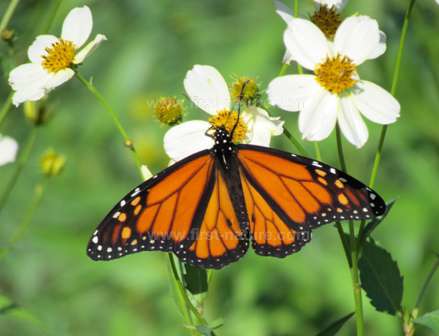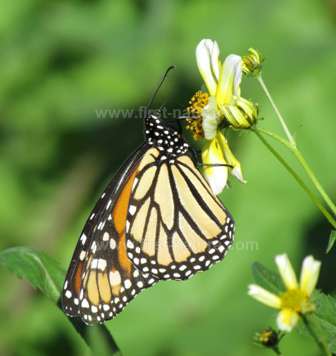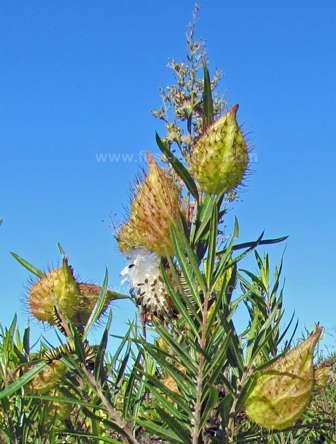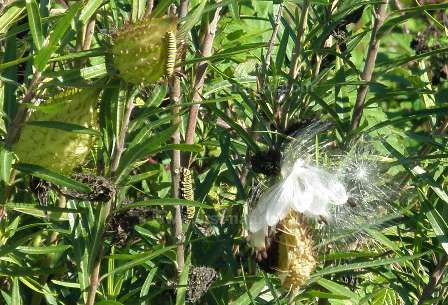At One with Nature - A Christmas Cracker.
Sue Parker pays homage to an intrepid traveller now settled in the Algarve
Based on an article by Sue Parker in Algarve Resident, December 2014. Algarve Resident is the leading English-language newspaper and the source of essential information for Residents and would-be Residents in the Algarve. For more information about Algarve Resident...
Even stubborn stay-at-homes make a special effort, sometimes travelling great distances and braving the worst that weather and airport security can throw at them, to be with friends and family during the Christmas period. For a week or two in its otherwise quiet period the Algarve bustles with family reunions, with parties and presents, carols and crackers as at Christmastime we remember another family’s difficult journey many years ago.
Those bitten or smitten by wanderlust may sometimes feel blessed but at other times cursed. They see much less of much more of the world: mediocrity with grim lowlights and fleeting highlights. They may get to know what they really like, but the sadness is they have so little time to enjoy it… unless, arriving in paradise, they recognise perfection and learn to measure and treasure time not in months but in moments.

Above: crowd puller. This majestic male Monarch butterfly is a real cracker.
For many a rover the Algarve is such a paradise, where seizing the moment is driven not by adversity but by diversity - of lovely landscape, wonderful wildlife and fabulous flowers. Some (the blessed, surely) find here everything they could wish for. Resisting all butterfly-brain impulses, they settle down and get on with life moment by moment.
Recognising journey’s end is nothing new. It has been happening down the centuries – almost certainly for millennia – and not just to people. Butterflies from the New World sometimes wander across the Atlantic Ocean and spend the rest of their brief lives in Europe. One of the most spectacular of these migrants delights in the scientific name of Danaus plexippus. There is little wonder that this graceful butterfly has been given the name Monarch.

Often slightly smaller than her mate, the female Monarch has heavier wing veining, particularly noticeable in this under-wing view.
In the Rocky Mountains, their North American summer heartland, Monarch butterflies cannot survive the long harsh winters. They solve this problem by heading off down south as the days shorten. From the western side of the continental divide they fly to California, while eastern Rocky Mountains Monarchs flock in their millions to Mexico, a staggering 4000km migration. (Theirs is a one-way ticket, but their offspring will follow the spring northwards up the USA.) These butterflies survive such enormous journeys because they can pause to rest and feed along the way.
For Monarchs to reach the Algarve, they must travel some 6000km, mostly over the Atlantic Ocean with no chance of B&B to break the journey. Only the high flyers make it, relying on wind power rather than wing power. By jet plane it is usually a fourteen-hour flight from Denver to Faro, but a strong tail wind can knock an hour or more off the journey. Monarch butterflies carried along by a 30 knot west wind would take about four days to make landfall here in the Algarve, and the survivors are rewarded by finding their favourite food, close relatives of the milkweeds on which they fed as caterpillars. That, experts are convinced, is why we have resident Monarch butterflies, and they cope very well with our weather all year round, finding nectar to sustain the adults and food for several broods of larvae too.

The gooseberry-like seedpods of the Bristle-fruited Silkweed burst open around Christmastime to release seeds each with a fine silky parachute. Look closely and you should spot a few green, brown and white stripy Monarch caterpillars and the blackened larval shucks from which adults have emerged
Another alien, the Bristle-fruited Silkweed Gomphocarpus fruticosus from South Africa, is a close relative of the Aesculus milkweed plants that sustain larval Monarchs in America. Without this imported plant, most years there would be none of these butterflies in the Algarve. That such a beautiful butterfly finds this lanky but otherwise unspectacular plant attractive only underlines the fact that there is no accounting for taste. But there is more to Bristle-fruited Silkweed than meets the eye, and it is very much a matter of taste; the leaves contain some very nasty toxins to which, fortuitously, Monarch larvae are immune but most vertebrate creatures are not. We are what we eat, as the saying goes, and those stripy caterpillars are chock full of toxins, which also provide Monarchs in pupal and adult stages with a poison defence against such predators as lizards, frogs and birds.
In mythology Danaus built a ship - supposedly the first - in which he and his family fled to Argos in order to escape from his tyrannical twin brother Aegyptus. I mention this only because until recently it was thought that passage by ship was the means by which Danaus plexippus reached our shores; however, the chances of a Monarch butterfly surviving what would have been at least a 20-day transatlantic journey are very slim indeed.

Caterpillars of the Monarch Butterfly in their food plant
What finer Christmas treat can there be than a leisurely after-lunch stroll through Algarve countryside to pay homage to the Monarch. Scan streamsides, ditches and damp meadow margins for Bristle-fruited Silkweed, with their distinctive seedpods. The adult butterflies are not fussy about where they get their nectar from, and fortunately there are always lots of flowers in bloom in the Algarve at Christmas, including garden-escape chrysanthemums on which I have seen swarms of Monarchs.
Surely there can be no finer Christmas cracker than our beautiful Monarch butterfly. Merry Christmas!

